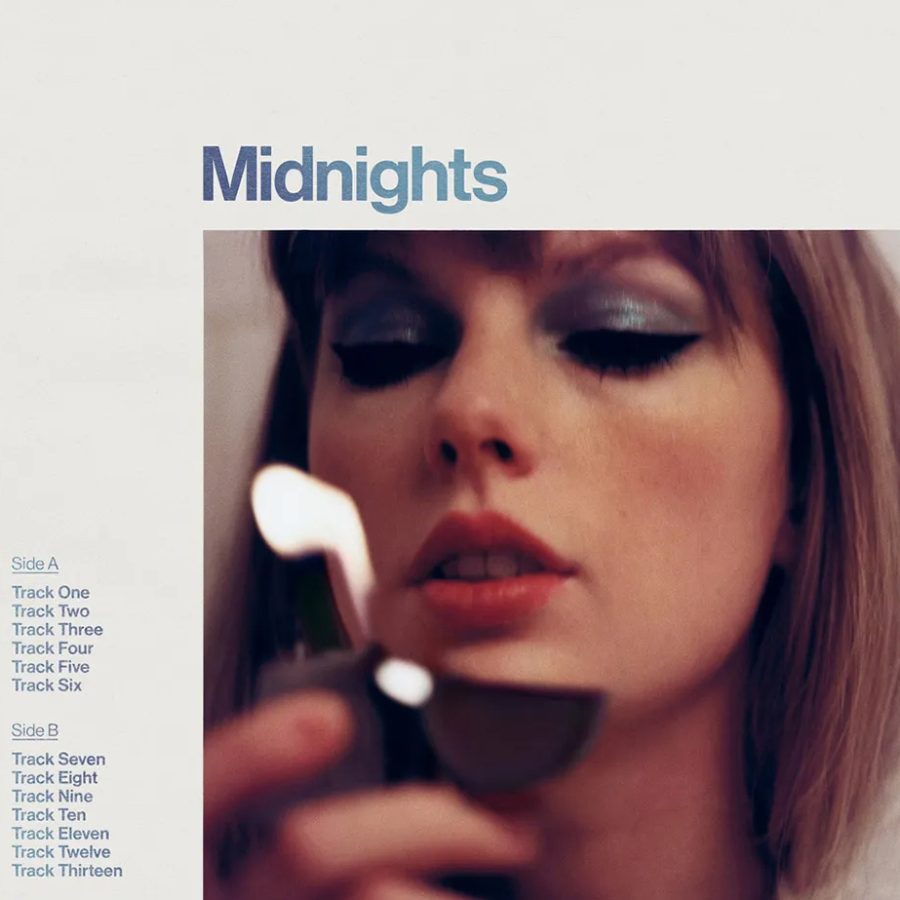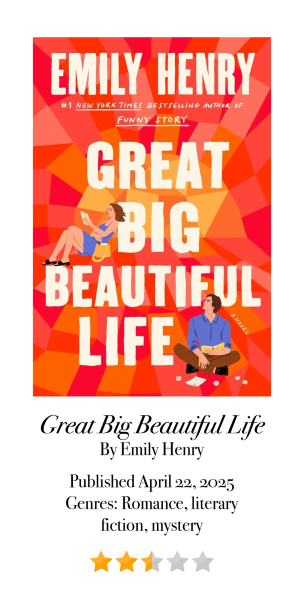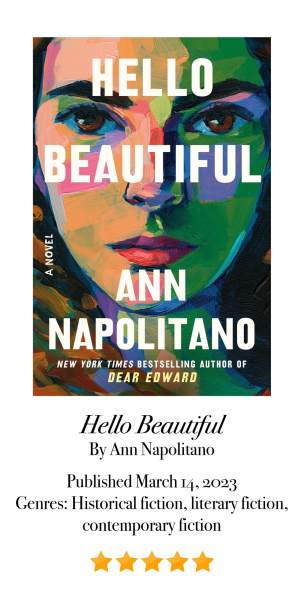Sound of Seul: Midnights by Taylor Swift
October 21, 2022
Genre: Pop, Synthpop
Highlights: “Bejeweled,” “Maroon,” “Labyrinth”
Rating: 8/10
After a long wait filled with cryptic social media posts and widespread fan anticipation, Taylor Swift’s newest album Midnights has arrived. On her tenth studio album, she returns to the synth-driven pop style of records like 1989 (2014) and Lover (2019). Midnights is an ode to “sleepless nights scattered throughout [Swift’s] life,” a reflection on past mistakes, and a preparation for a more independent and emotionally mature future.
The album opens with “Lavender Haze,” a song dealing with the pressures of a relationship in the public eye. Such pressures contribute to a major theme of Midnights. The third track and eventual Billboard No.1 single “Anti-Hero,” for example, deals with the effect of criticism on Swift’s mental health. On “Question…?,” she takes an introspective look into her and a lover’s shortcomings, which ultimately led to their failed relationship.
On the contrary, some tracks on Midnights focus on Swift’s journey toward self-love, despite the obstacles she has faced. On “Bejeweled,” she confidently declares that she “can still make the whole place shimmer,” even as her lover disrespects her. On “Karma,” she delivers an anthemic chorus celebrating her current happiness and warning her past detractors of the consequences of their criticism.
“Vigilante S—” also explores themes of vengeance. It falls flat, however, musically and thematically compared to the rest of the album with an uninteresting beat and lackluster lyrics.
Midnights’ core lyrical motif is an optimistic story of finding new love after a series of heartbreaks. On “Snow on the Beach,” Swift and Lana del Rey exchange delicate vocals over sparkly strings and keys as they tell the blossoming of a couple’s love. “Sweet Nothing” is a calm, piano-driven ballad where Swift expresses her appreciation for the simplicity and relative privacy of her current romantic relationship. “Mastermind,” the hopeful ending of the album’s non-deluxe tracklist, delves into detail about how she built this connection.
These songs, however, are not the end of the story. Three hours after the initial album release, Swift released the 3am Edition, which includes seven additional tracks that add depth to those on the main release. Pieces like “Would’ve, Could’ve, Should’ve” comprise darker undertones and discuss topics such as the loss of innocence in one’s youth.
Midnights marks a return from the indie-folk style of folkmore and evermore, to a synth-pop sound reminiscent of her mid-to-late 2010s output. Most of the time, this stylistic change works well but, at other times, the instrumentation feels too similar to that of her previous albums. A small subset of listeners cannot help but wonder whether Swift should move on from Jack Antonoff, co-producer of her last six albums.
Generally, the production does a solid job of complimenting Midnights’ lyrical themes, bringing the whole record together as a consistent narrative.
Midnights has a well-developed concept and plenty of replay value. The album will go down as an excellent addition to Swift’s ever-consistent catalog.











